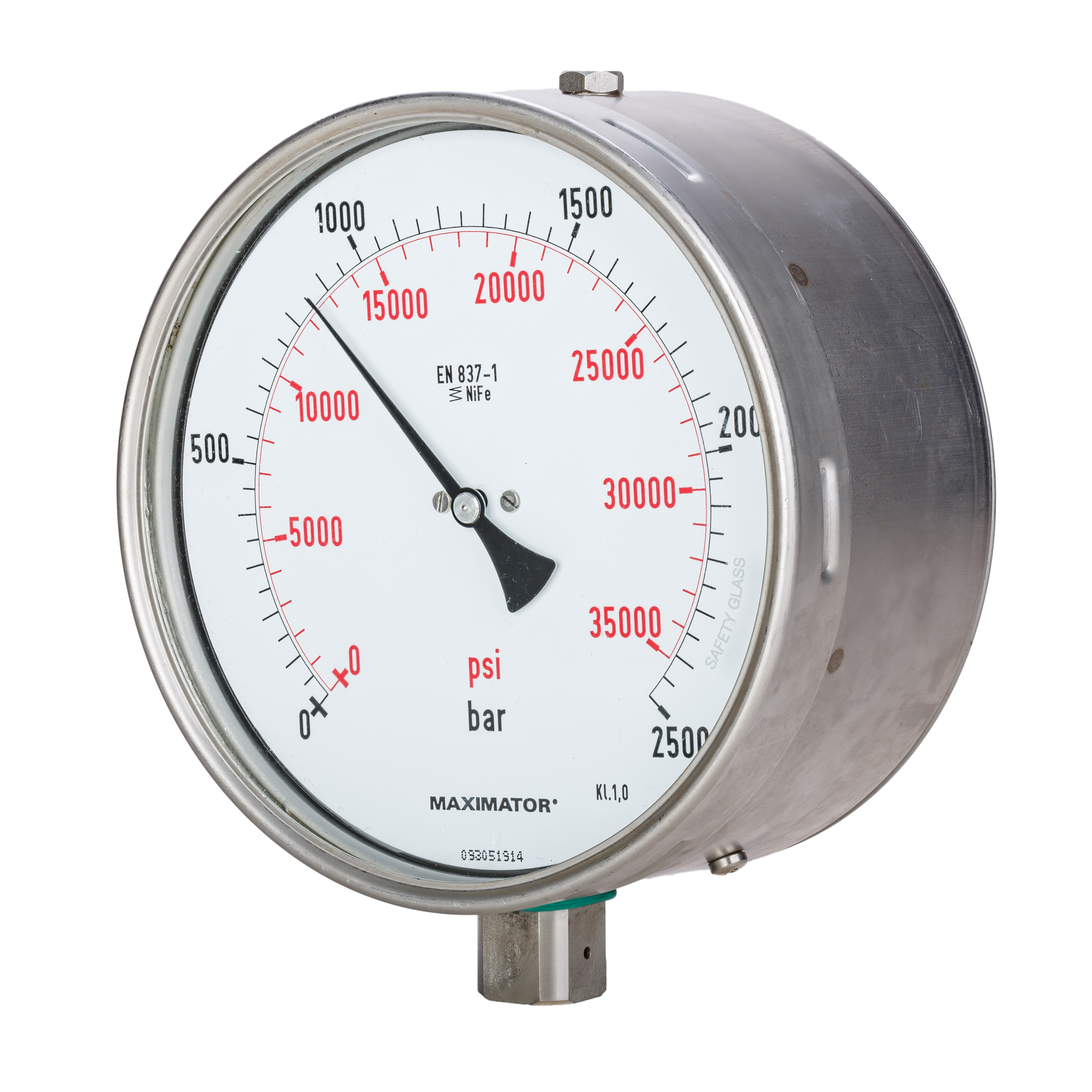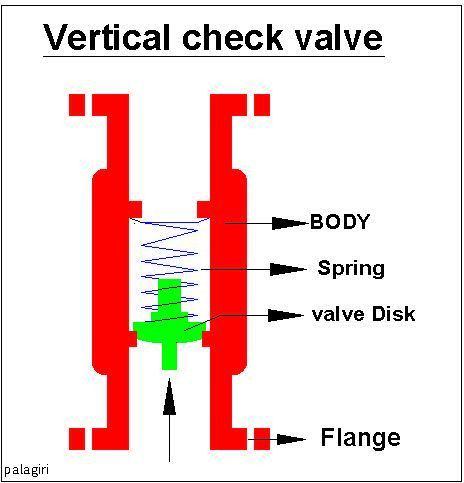|
District Heating Substation
image:Wärmeübergabestation 300 kW.jpg, A district heating substation in a residential neighborhood with a thermal capacity of 300 kW. Two components of the heat meter are visible: the metering electronics unit on the right (white/blue box), and the ultrasonic flow meter in the center (bronze tube). A district heating substation is a component in a district heating system that connects the main network to a building's own heating system. Parts The station normally has one or more of the following parts: * Heat exchanger - to split primary and secondary side of the system * Control valve - to regulate the flow through the heat exchanger * Heat meter - to measure energy consumption and allocate costs * Strainer - to remove particles that could block heat exchanger or control valve * Shutdown valve - to stop the flow on primary side in case of service or emergency * Differential pressure controller - to balance the network and improve working conditions of control valve * Tempera ... [...More Info...] [...Related Items...] OR: [Wikipedia] [Google] [Baidu] |
District Heating
District heating (also known as heat networks) is a system for distributing heat generated in a centralized location through a system of insulated pipes for residential and commercial heating requirements such as space heater, space heating and water heating. The heat is often obtained from a cogeneration plant burning fossil fuels or biomass, but heating plant, heat-only boiler stations, geothermal heating, heat pumps and central solar heating are also used, as well as heat waste from factories and nuclear power electricity generation. District heating plants can provide higher efficiencies and better pollution control than localized boilers. According to some research, district heating with combined heat and power (CHPDH) is the cheapest method of cutting carbon emissions, and has one of the lowest carbon footprints of all fossil generation plants. District heating is ranked number 27 in Drawdown (climate), Project Drawdown's 100 solutions to climate change, global warming. His ... [...More Info...] [...Related Items...] OR: [Wikipedia] [Google] [Baidu] |
Heating System
A heating system is a mechanism designed to regulate and maintain a desired temperature within a space by utilizing thermal energy. It is a fundamental component of Heating, Ventilation, and Air Conditioning (HVAC) systems, providing warmth to residential, commercial, and industrial buildings. Heating systems are classified into two main types: central heating and distributed heating. Central heating systems generate heat (electrically or by burning gas/coal) in a single location and distribute the heat through ducts pipes or radiators. Distributed heating systems involve localized heat sources, such as space heaters or electric radiators. Distributed heating systems do not rely on the use of ducts, pipes or radiators. These systems are critical to ensure indoor comfort especially in colder regions. Types and uses Central heating systems: These systems produce heat in one central location and distribute it throughout the building. This category includes furnaces, boilers, and heat ... [...More Info...] [...Related Items...] OR: [Wikipedia] [Google] [Baidu] |
Heat Exchanger
A heat exchanger is a system used to transfer heat between a source and a working fluid. Heat exchangers are used in both cooling and heating processes. The fluids may be separated by a solid wall to prevent mixing or they may be in direct contact. They are widely used in space heating, refrigeration, air conditioning, power stations, chemical plants, Petrochemical, petrochemical plants, Oil refinery, petroleum refineries, natural-gas processing, and sewage treatment. The classic example of a heat exchanger is found in an internal combustion engine in which a circulating fluid known as engine coolant flows through radiator coils and air flows past the coils, which cools the coolant and heats the incoming air. Another example is the heat sink, which is a passive heat exchanger that transfers the heat generated by an electronic or a mechanical device to a fluid medium, often air or a liquid coolant. Flow arrangement There are three primary classifications of heat exchangers accord ... [...More Info...] [...Related Items...] OR: [Wikipedia] [Google] [Baidu] |
Control Valve
A control valve is a valve used to control fluid flow by varying the size of the flow passage as directed by a signal from a controller. This enables the direct control of flow rate and the consequential control of process quantities such as pressure, temperature, and liquid level. In automatic control terminology, a control valve is termed a "final control element". Operation The opening or closing of automatic control valves is usually done by electrical, hydraulic or pneumatic actuators. Normally with a modulating valve, which can be set to any position between fully open and fully closed, valve positioners are used to ensure the valve attains the desired degree of opening. Air-actuated valves are commonly used because of their simplicity, as they only require a compressed air supply, whereas electrically operated valves require additional cabling and switch gear, and hydraulically actuated valves required high pressure supply and return lines for the hydraulic fluid. Th ... [...More Info...] [...Related Items...] OR: [Wikipedia] [Google] [Baidu] |
Heat Meter
A heat meter attached to a heat exchanger in a District heating substation in a residential neighborhood. Right in white-blue: the calculator; in the center in bronze: the ultrasonic flow meter A heat meter, thermal energy meter or energy meter is a device which measures thermal energy provided by a heater, source or delivered to a heat sink, sink, by measuring the flow rate of the heat transfer fluid and the change in its temperature ( ΔT) between the outflow and return legs of the system. It is typically used in industrial plants for measuring boiler output and heat taken by process, and for district heating systems to measure the heat delivered to consumers. It can be used to measure the heat output of say a heating boiler, or the cooling output from a chiller unit. In Europe heat meters have to comply with the measuring instruments directive MID Annex VI MI-004 if the meters are used for custody transfer. Elements A heat meter consists of # a fluid flow meter - typica ... [...More Info...] [...Related Items...] OR: [Wikipedia] [Google] [Baidu] |
Energy Consumption
Energy consumption is the amount of energy used. Biology In the body, energy consumption is part of energy homeostasis. It derived from food energy. Energy consumption in the body is a product of the basal metabolic rate and the physical activity level. The physical activity level are defined for a non- pregnant, non- lactating adult as that person's total energy expenditure (TEE) in a 24-hour period, divided by his or her basal metabolic rate (BMR): :\text=\frac Demographics Topics related to energy consumption in a demographic sense are: * World energy supply and consumption * Domestic energy consumption * Electric energy consumption Effects of energy consumption * Environmental impact of the energy industry ** Climate change * White's law Reduction of energy consumption * Energy conservation, the practice of decreasing the quantity of energy used * Efficient energy use Efficient energy use, or energy efficiency, is the process of reducing the amount of ener ... [...More Info...] [...Related Items...] OR: [Wikipedia] [Google] [Baidu] |
Shutdown Valve
shutdown valve (also referred to as SDV or emergency shutdown valve, ESV, ESD, or ESDV; or safety shutoff valve) is an actuated valve designed to stop the flow of a hazardous fluid upon the detection of a dangerous event. This provides protection against possible harm to people, equipment or the environment. Shutdown valves form part of a safety instrumented system. The process of providing automated safety protection upon the detection of a hazardous event is called functional safety. Shutdown valves are primarily associated with the petroleum industry although other industries may also require this type of protection system. ESD valves are required by law on any equipment placed on an offshore drilling rig to prevent catastrophic events like the BP Horizon explosion in the Gulf of Mexico in 2010. A safety shutoff valve should be fail-safe, that is close upon failure of any element of the input control system (such as temperature controllers, steam pressure controllers), air ... [...More Info...] [...Related Items...] OR: [Wikipedia] [Google] [Baidu] |
Manometer
Pressure measurement is the measurement of an applied force by a fluid (liquid or gas) on a surface. Pressure is typically measured in units of force per unit of surface area. Many techniques have been developed for the measurement of pressure and vacuum. Instruments used to measure and display pressure mechanically are called pressure gauges, vacuum gauges or compound gauges (vacuum & pressure). The widely used Bourdon gauge is a mechanical device, which both measures and indicates and is probably the best known type of gauge. A vacuum gauge is used to measure pressures lower than the ambient atmospheric pressure, which is set as the zero point, in negative values (for instance, −1 bar or −760 mmHg equals total vacuum). Most gauges measure pressure relative to atmospheric pressure as the zero point, so this form of reading is simply referred to as "gauge pressure". However, anything greater than total vacuum is technically a form of pressure. For very low pres ... [...More Info...] [...Related Items...] OR: [Wikipedia] [Google] [Baidu] |
Safety Valve
A safety valve is a valve that acts as a fail-safe. An example of safety valve is a pressure relief valve (PRV), which automatically releases a substance from a boiler, pressure vessel, or other system, when the pressure or temperature exceeds preset limits. Pilot-operated relief valves are a specialized type of pressure safety valve. A leak tight, lower cost, single emergency use option would be a rupture disk. Safety valves were first developed for use on steam boilers during the Industrial Revolution. Early boilers operating without them were prone to explosion unless carefully operated. Vacuum safety valves (or combined pressure/vacuum safety valves) are used to prevent a tank from collapsing while it is being emptied, or when cold rinse water is used after hot CIP (clean-in-place) or SIP (sterilization-in-place) procedures. When sizing a vacuum safety valve, the calculation method is not defined in any norm, particularly in the hot CIP / cold water scenario, but some ma ... [...More Info...] [...Related Items...] OR: [Wikipedia] [Google] [Baidu] |
Non-return Valve
A check valve, non-return valve, reflux valve, retention valve, foot valve, or one-way valve is a valve that normally allows fluid (liquid or gas) to flow through it in only one direction. Check valves are two-port valves, meaning they have two openings in the body, one for fluid to enter and the other for fluid to leave. There are various types of check valves used in a wide variety of applications. Check valves are often part of common household items. Although they are available in a wide range of sizes and costs, check valves generally are very small, simple, and inexpensive. Check valves work automatically and most are not controlled by a person or any external control; accordingly, most do not have any valve handle or stem. The bodies (external shells) of most check valves are made of plastic or metal. An important concept in check valves is the cracking pressure which is the minimum differential upstream pressure between inlet and outlet at which the valve will operate ... [...More Info...] [...Related Items...] OR: [Wikipedia] [Google] [Baidu] |






